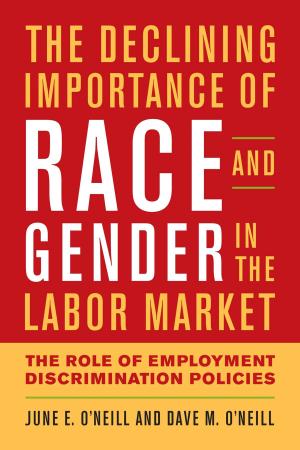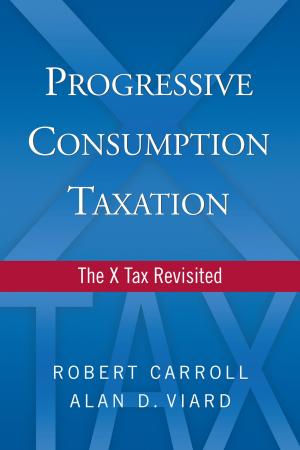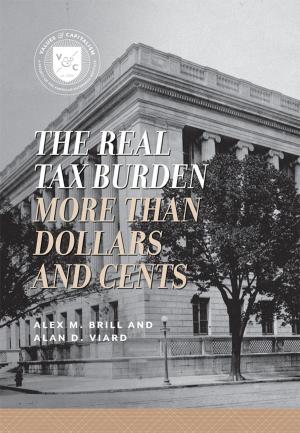Health and Wealth Disparities in the United States
Nonfiction, Social & Cultural Studies, Political Science, Politics, Economic Conditions, Health & Well Being, Health| Author: | ISBN: | 9780844743905 | |
| Publisher: | AEI Press | Publication: | October 16, 2010 |
| Imprint: | AEI Press | Language: | English |
| Author: | |
| ISBN: | 9780844743905 |
| Publisher: | AEI Press |
| Publication: | October 16, 2010 |
| Imprint: | AEI Press |
| Language: | English |
Traditional measures of economic disparities among Americans of different race, gender, geographic location, and education level consider only material well-being, so that making two groups economically "equal" is as simple as matching their monetary incomes. This narrow focus on income may not, however, lead to a complete understanding of economic well-being in the United States. Individual welfare is determined not only by the income available for consumption, but by the health and longevity of the individual. A wealthy individual who is bedridden may be worse off than a healthy person with a lower income. Put simply, both health and wealth matter for well-being. Health and Wealth Disparities in the United States formally incorporates the effectsof health into an analysis of economic disparities in America. Anupam B. Jena, Tomas J. Philipson, and Eric C. Sun find that accounting for the value of health dramatically affects our understanding of wealth levels across groups-particularly across races. The income levels of blacks and whites followed a convergent trend until the 1970s, after which the rate of convergence slowed and even reversed slightly, suggesting that blacks' rate of economic progress has dwindled. However, when health gains are incorporated, the picture changes significantly. Black men and women have made much faster improvements in health than white men and women. Therefore, although black and white incomes are not equal, the overall divergence in well-being decreases when healthis part of the analysis. Jena, Philipson, and Sun conclude that even if income disparities remain vast across groups, disparities in general welfare may be shrinking as minorities and poorer populations see significant improvements in health-a finding that has important implications for the design of welfare and assistance programs in the United States.
Traditional measures of economic disparities among Americans of different race, gender, geographic location, and education level consider only material well-being, so that making two groups economically "equal" is as simple as matching their monetary incomes. This narrow focus on income may not, however, lead to a complete understanding of economic well-being in the United States. Individual welfare is determined not only by the income available for consumption, but by the health and longevity of the individual. A wealthy individual who is bedridden may be worse off than a healthy person with a lower income. Put simply, both health and wealth matter for well-being. Health and Wealth Disparities in the United States formally incorporates the effectsof health into an analysis of economic disparities in America. Anupam B. Jena, Tomas J. Philipson, and Eric C. Sun find that accounting for the value of health dramatically affects our understanding of wealth levels across groups-particularly across races. The income levels of blacks and whites followed a convergent trend until the 1970s, after which the rate of convergence slowed and even reversed slightly, suggesting that blacks' rate of economic progress has dwindled. However, when health gains are incorporated, the picture changes significantly. Black men and women have made much faster improvements in health than white men and women. Therefore, although black and white incomes are not equal, the overall divergence in well-being decreases when healthis part of the analysis. Jena, Philipson, and Sun conclude that even if income disparities remain vast across groups, disparities in general welfare may be shrinking as minorities and poorer populations see significant improvements in health-a finding that has important implications for the design of welfare and assistance programs in the United States.















